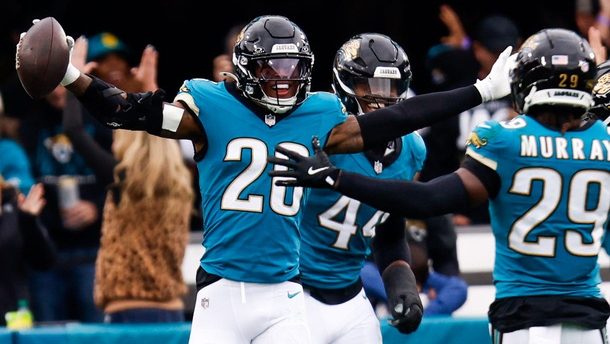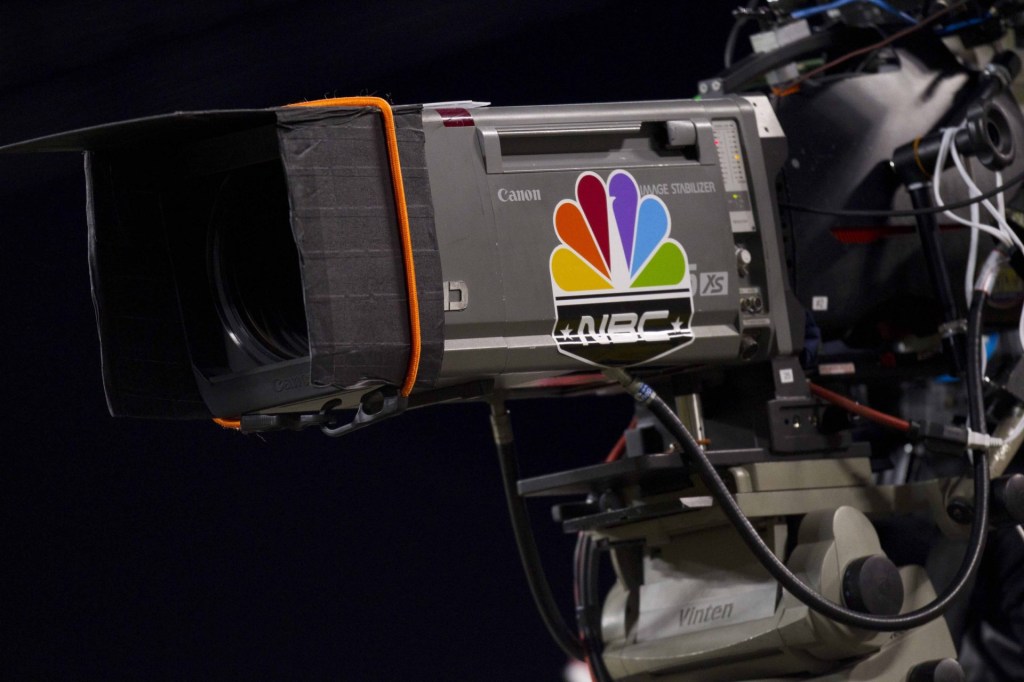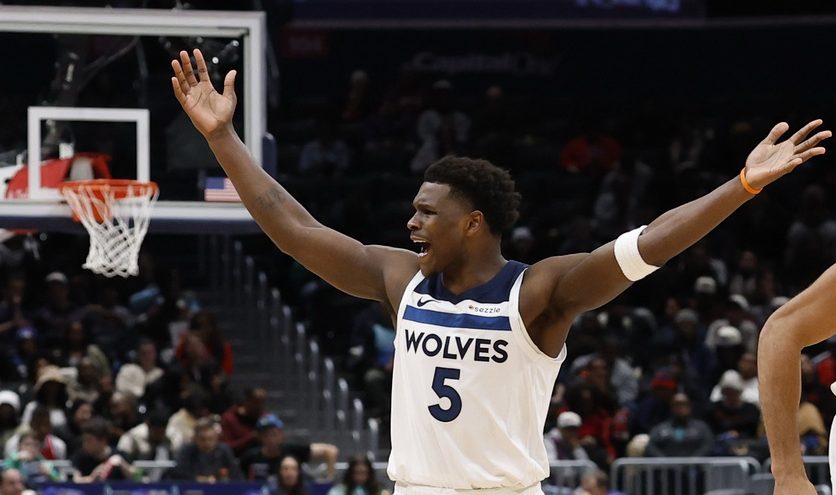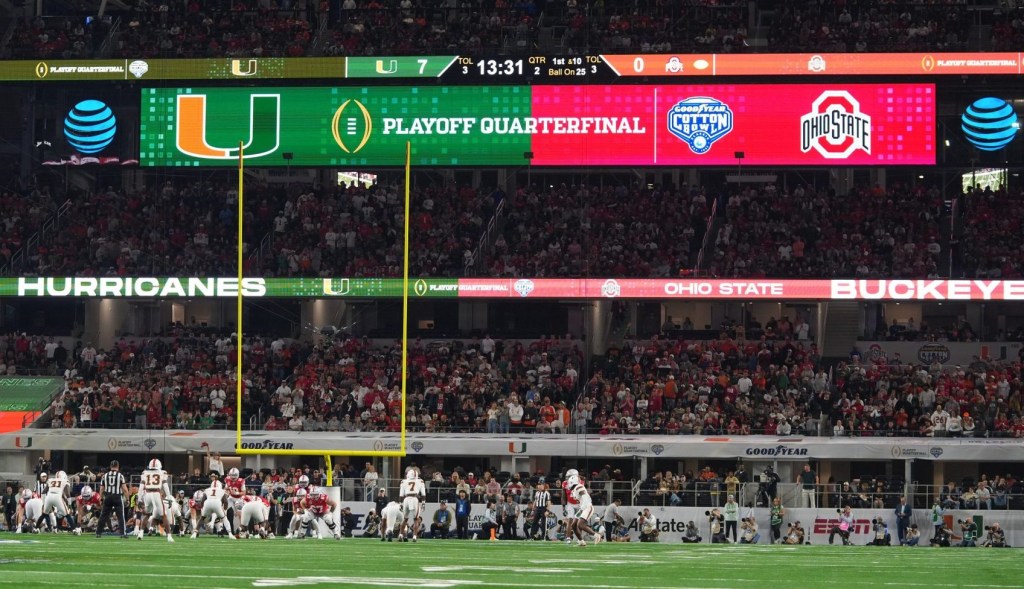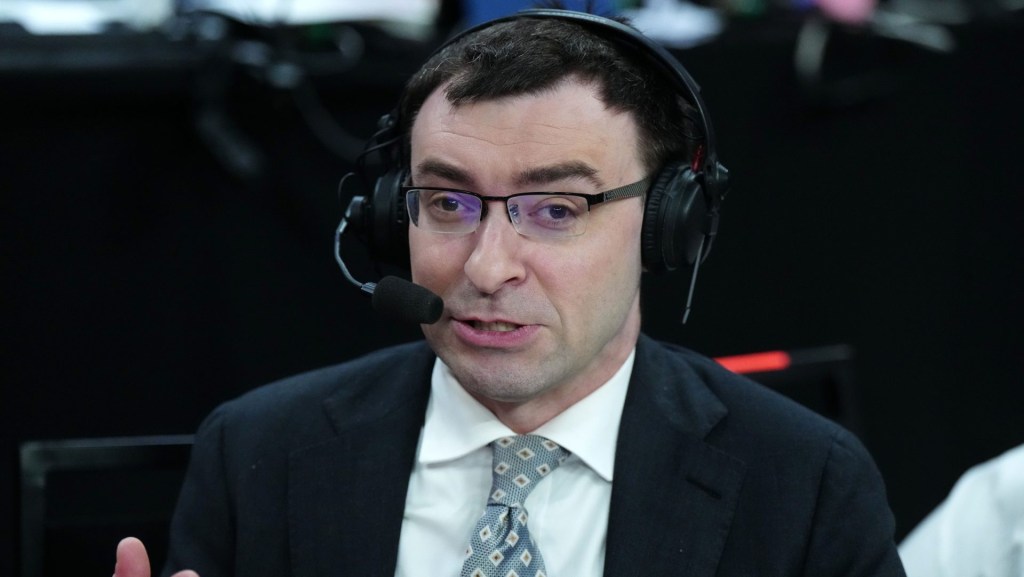Expectations were already quite high for the forthcoming, direct-to-consumer version of ESPN. Disney CEO Bob Iger took them into the stratosphere early Thursday in the company’s latest earnings call.
“In my opinion, this will be the best product the consumer has ever seen in sports,” Iger said of the streaming service, known broadly and colloquially as ESPN Flagship, in the call with industry analysts.
The streaming service, long targeted for a fall 2025 debut to coincide with next year’s college and pro football seasons, stands as a critical endeavor for not only ESPN but all of Disney. Looking to navigate the broader media industry disruption that has hit the company hard, Disney intends to take ESPN’s content and combine it with a series of enhanced features, including multiscreen viewing, full integration with ESPN Bet, ticketing, merchandising, fantasy content, and advanced statistics, among others.
Artificial intelligence will also be used to provide a heightened level of personalization for each subscriber’s experience.
“When you apply technology to the presentation of sports, almost anything is possible,” Iger said. “This will be designed to serve the consumer in the most compelling way ESPN has ever served the consumer.”
Much of the oversight of the forthcoming product, however, will ultimately lie with the next Disney CEO. Iger is set to step down at the end of 2026, and board member James Gorman was appointed in August to lead a succession committee. A Wall Street Journal report this week said the search is now moving beyond a group of internal candidates that has included ESPN chairman Jimmy Pitaro.
Broader Results
Disney, meanwhile, reported $22.6 billion in total revenue for its fiscal fourth quarter, up 6% from the comparable period a year ago and beating analyst projections. Operating income rose 23% to $3.7 billion, boosted significantly by the company’s entertainment division.
Perhaps more notably, the company also made a somewhat rare move to issue earnings guidance not just for its fiscal 2025 but the next three years, projecting growth through 2027, and by double-digit percentages in both 2026 and 2027.
“We have emerged from a period of considerable challenges and disruption well positioned for growth and optimistic about our future,” Iger said.
The sports division, led by ESPN, had a flat revenue figure of $3.9 billion, and operating income fell 5% to $929 million, with higher programming and production costs related to college football cutting into the unit’s earnings. On both a quarterly and annual basis, ESPN’s domestic operations remain profitable while its international activities act as a drag on the balance sheet.
ESPN+ subscriptions increased 3% to 25.6 million, restoring a growth pattern to that streaming product after it had spent nearly a year in essentially a flat position. The product also posted its second straight quarter of profitability, and Disney’s overall DTC business posted $321 million in operating income, reversing a comparable $387 million loss in this period a year ago while growing revenue 13% to $6.3 billion.
A long-planned ESPN tile on Disney+, also bringing sports content to a broader set of consumers, is now set to debut Dec. 4.




